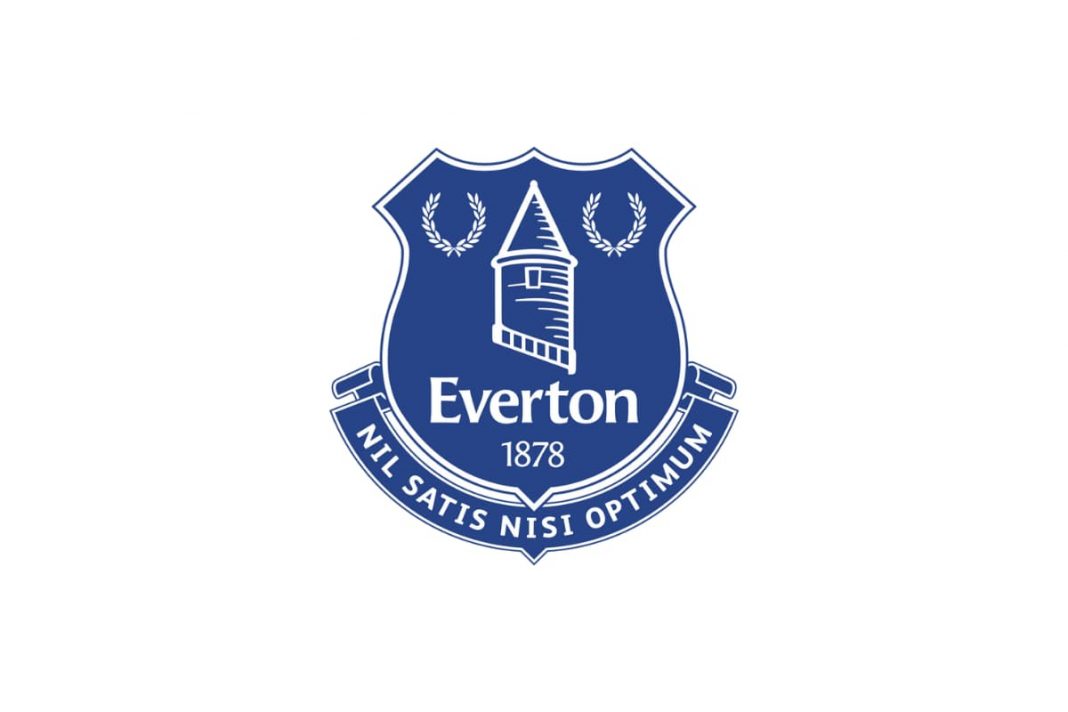Remember the wild NFT craze of 2021? It seemed like everyone was scrambling to buy expensive profile pictures (PFPs) and digital art. A few rare pieces sold for millions of dollars, fueling speculation and excitement. But then the market crashed, with trading volumes dropping by over 90% in a year. Suddenly, NFTs were dismissed as overhyped digital “JPEGs,” and many people concluded that they were a passing fad.

However, this narrative is missing the bigger picture. While the frenzy around NFTs is centered on digital collectibles, the real value of nonfungible tokens (NFTs) is much deeper and broader than that. NFTs are far from dead—they just need to evolve beyond the speculative bubble they were trapped in.
NFTs: More Than Just Digital Collectibles
The core idea behind NFTs is simple but powerful: each token is unique and can represent ownership of digital or physical assets. Unlike cryptocurrency tokens like Bitcoin or Ethereum, which are all identical and interchangeable, each NFT has its own distinct value and attributes.
In the 2021 boom, this uniqueness was mostly applied to digital art and collectibles. People paid huge sums for pixelated images of animals, hoping they would appreciate in value. But as we’ve seen in other markets—whether it’s baseball cards or rare comics—such speculation can quickly get out of control.
In hindsight, the NFT craze was less about technology and more about human psychology. People were caught up in the excitement, spending crazy amounts of money on digital items. It’s similar to what we saw with physical collectibles in the past: only a few pieces end up being truly valuable over time, while most become forgotten.
The 2021 Frenzy: Million-Dollar Digital Zoo Animals
During the height of the 2021 NFT boom, the market was filled with excitement and hype. Celebrities and crypto enthusiasts were buying and showing off expensive NFTs, often using them as status symbols. The more expensive the piece, the more desirable it became to those looking to “flex” their wealth. This led to a situation where people were paying millions for digital assets like pixelated zoo animals, hoping to flip them for even higher prices.
However, the idea of paying outrageous amounts for newly released digital collectibles was always bound to collapse. When the bubble burst, it left a bad taste in people’s mouths. Now, when many hear “NFT,” they think of overpriced images sold to the highest bidder, not the revolutionary potential behind the technology.
Understanding the True Value of NFTs
The 2021 NFT bubble damaged the reputation of NFTs in the eyes of the general public, but the potential of this technology is far more profound. At their core, NFTs are a tool for digital ownership—something that’s increasingly important as more of our lives move online.
In today’s digital world, ownership is often murky. Anything online can be easily copied and shared, which is why content creators have to rely on digital rights management (DRM) tools like paywalls and restricted access. However, these methods add friction and make it harder for creators to connect with their audience.
NFTs offer a solution to this problem. By representing ownership of digital goods, NFTs create a system where digital assets can have real, tangible value. They allow creators to sell digital art, music, or other content in a way that guarantees authenticity and ownership. This is a significant leap forward for the digital economy.
What Does NFT Ownership Actually Mean?
One of the key questions surrounding NFTs is what ownership truly entails. When you buy an NFT, do you own the digital file itself? Do you have the right to reproduce or sell it? Or do you simply own the token associated with that piece of content?
In many cases, buying an NFT doesn’t give you full control over the content it represents. For example, owning an NFT of a piece of digital art doesn’t necessarily mean you can print and sell T-shirts with that art on them. This is something that creators and buyers need to be clear about moving forward. NFTs have the potential to offer new forms of ownership, but the legal framework around them is still evolving.
NFTs Beyond Art: Real Utility and Innovation
While most people associate NFTs with digital art, their potential use cases go far beyond that. NFTs can be used to grant access to exclusive events, represent voting rights in decentralized organizations (DAOs), or serve as collateral for decentralized finance (DeFi) loans. They can even be used to represent real-world assets like property deeds or concert tickets.
This is where the true power of NFTs lies—not just in collectibles, but in the ability to represent ownership and provide utility across a wide range of industries. For example, musicians can use NFTs to give fans exclusive access to albums or VIP experiences, and game developers can use them to let players truly own in-game items.
NFTs also have the potential to operate in the background, powering complex blockchain protocols without being the centerpiece of speculative buying. As the technology matures, we’ll likely see more practical applications that don’t involve buying million-dollar digital art.
The Future of NFTs: A Key Part of the Digital Economy
Despite the crash in the NFT market, the underlying technology is here to stay. NFTs offer a way to represent and transfer ownership in the digital world, and that’s a game-changer as our lives continue to move online.
As the market matures, we’ll see NFTs being used for more practical and meaningful purposes. They’ll play a key role in everything from digital art and gaming to real estate and intellectual property. While the speculative bubble may have burst, the technology behind NFTs will continue to grow and evolve, offering new opportunities for creators, investors, and developers.
In short, NFTs aren’t dead—they’re just getting started. The future of NFTs is about more than overpriced digital collectibles; it’s about building the foundations of a new digital economy where ownership, authenticity, and utility are at the core.
Conclusion
The NFT market’s boom and bust in 2021 were fueled by speculation and hype, but that doesn’t mean the technology itself is without value. NFTs offer a new way of owning and interacting with digital assets, far beyond the art and collectibles that dominated the early hype. As the market matures, NFTs will become an essential tool in the future of the digital economy, enabling everything from exclusive experiences to decentralized governance and real-world asset ownership.
The potential is limitless—once we move past the speculation and embrace the real value NFTs can bring.
Join MEXC and Start Trading Today!



